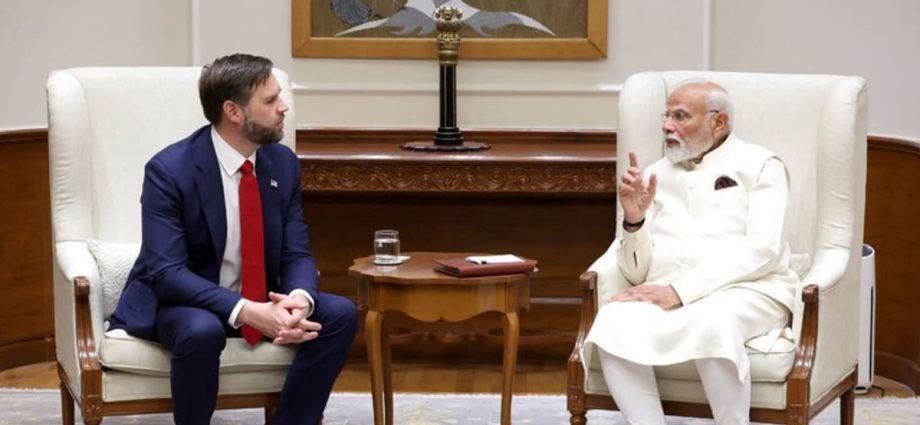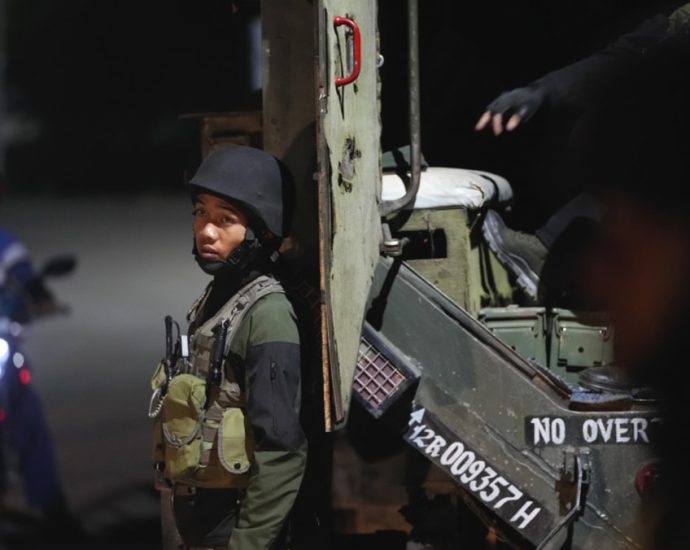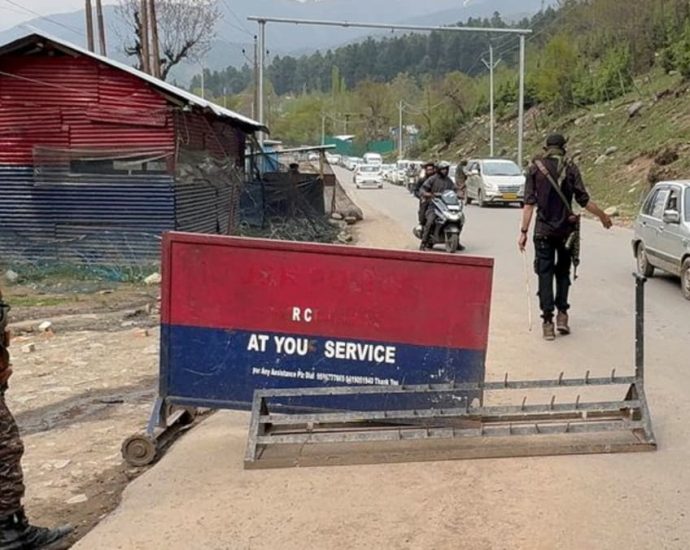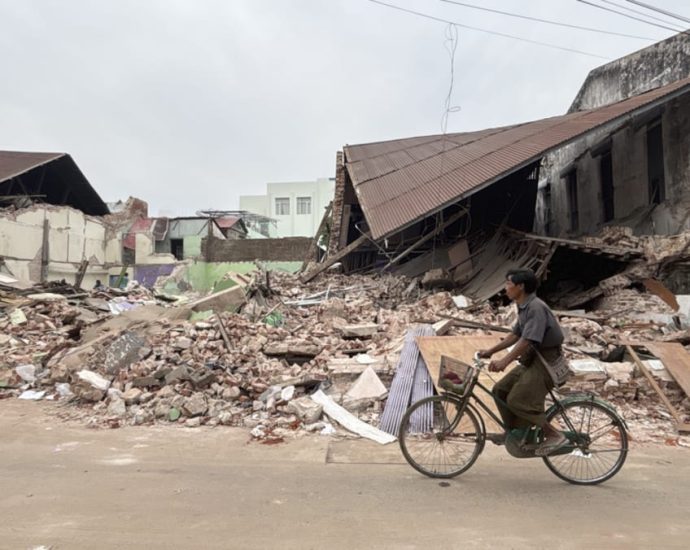Vance warns of ‘very dark time’ without close US-India ties
‘SPECIAL PERSON’ Vance is on a mostly personal, four-day visit to India along with his wife, who is the daughter of Indian immigrants, and their three children. India is seeking an early trade deal with the US – its largest trading partner – before the end of a 90-day pauseContinue Reading













